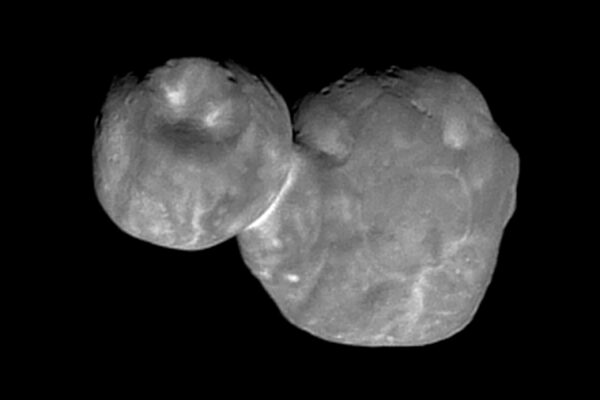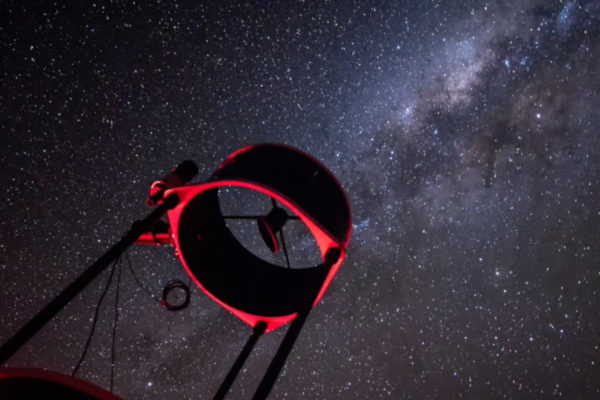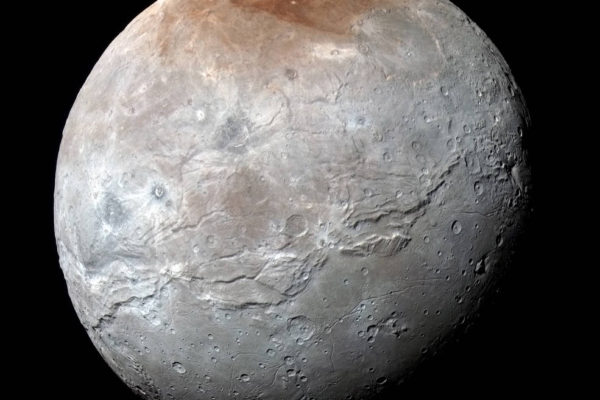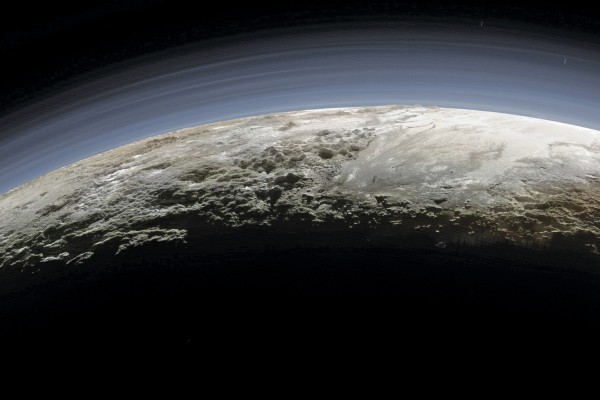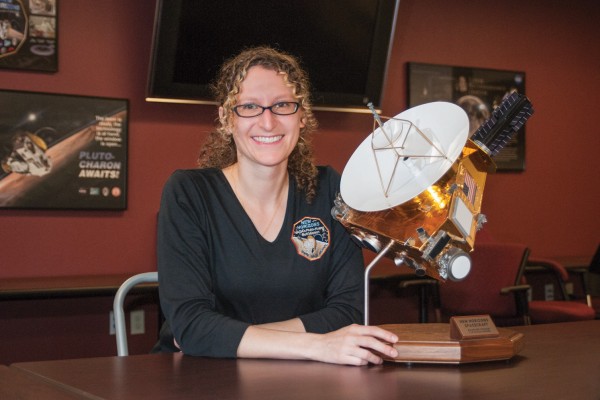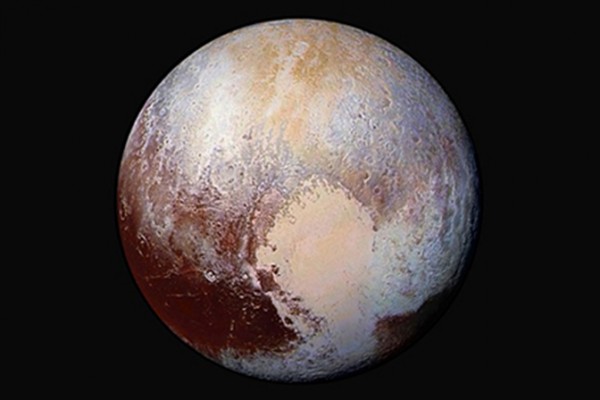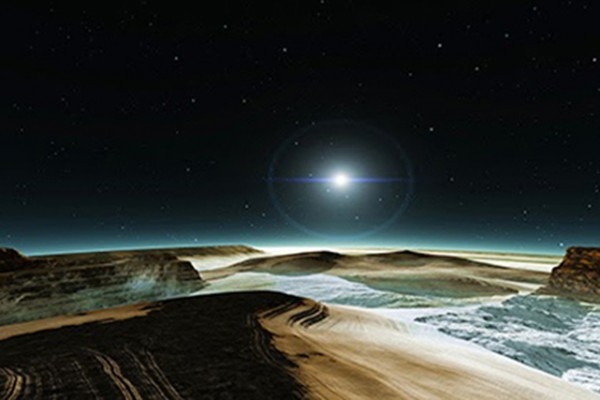A closer look at the most distant object ever explored
William B. McKinnon, professor of earth and planetary sciences in Arts & Sciences, is a co-investigator on the NASA New Horizons team that published the first comprehensive profile of Ultima Thule in the May 17 issue of the journal Science.
The other total eclipse
New Horizons team members just pulled off “eclipse” observations of a body at the far outer reaches of the solar system, showing August eclipse tourists how it’s done.
The realms of Mordor
What gives Mordor Macula, the red dusted polar region of Pluto’s moon Charon, its color? New Horizons scientists, including Washington University’s Bill McKinnon, answer the question in the current issue of Nature.
Discovering new horizons
After a nearly 10-year wait, planetary scientist William McKinnon, PhD, provides an inside look at New Horizons’ spectacular flyby of Pluto and its first discoveries coming into focus.
A bumper sticker inspires
While at Washington University, Kelsi Singer noticed Bill McKinnon’s bumper sticker, “My other vehicle is on its way to Pluto.” Today, she works on the New Horizons mission and has her own sticker: “My other vehicle explored Pluto.”
It’s alive, it’s alive!
It was bedlam at mission control when the first images of Pluto came down over the Deep Space Network. Not only were there few craters, but some areas of the planet were smooth as a billiard ball and others rumpled and rippled; some stained the color of dried blood and others gleaming bright white. The variety meant that there was geology on Pluto, alien though the
geological processes might be to earthlings.
Rough guide to Pluto-watching with Bill McKinnon
New Horizons will fly through the Pluto system on July 14 at an angle of 46 degrees to the plane of the dwarf planet’s orbit, then turn to use sunlight reflected from Charon, Pluto’s biggest moon, to image areas of Pluto now in continuous darkness. Your host for the WashU Pluto watching party will be Bill McKinnon, a planetary scientist at Washington University in St. Louis, who will be commenting from mission headquarters at the Johns Hopkins University’s Applied Physics Laboratory in Maryland.
Coming soon: First encounter with a new class of worlds
After an epic journey across the breadth of the solar system, the New
Horizons spacecraft is finally nearing its destination: the Pluto system, a staggering three billion miles from Earth. William McKinnon, a planetary scientist at Washington University in St. Louis, explains that our understanding of Pluto has been transformed in the nearly 10 years the probe has been en route to its target.
